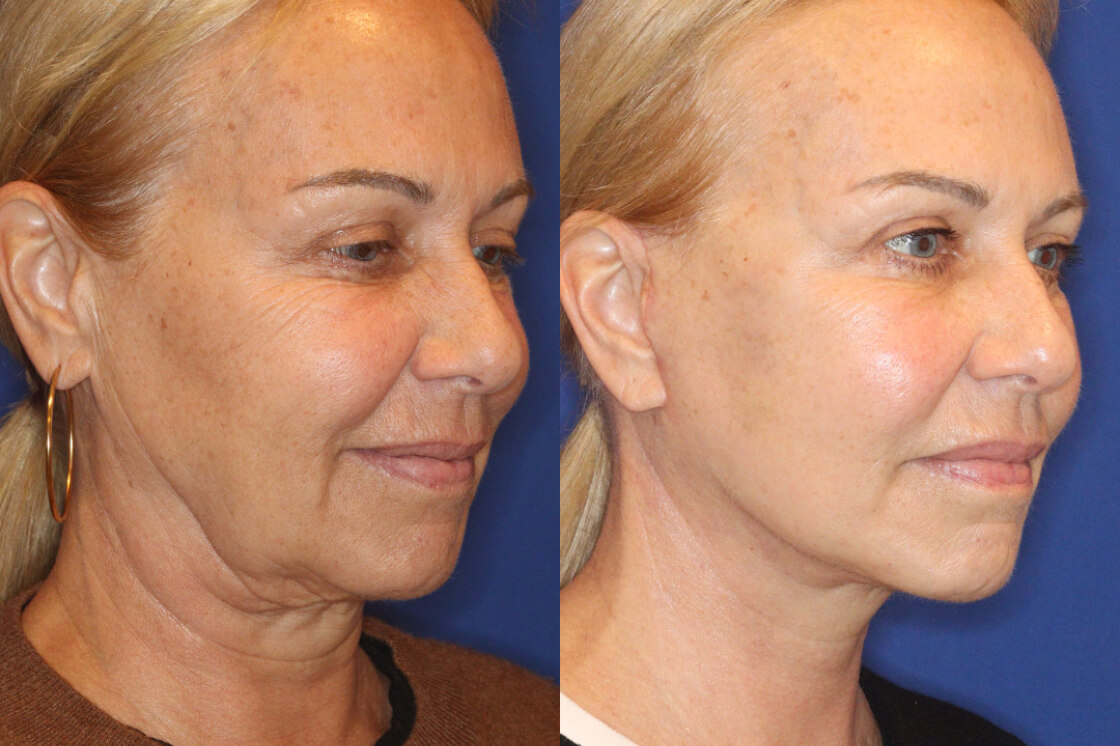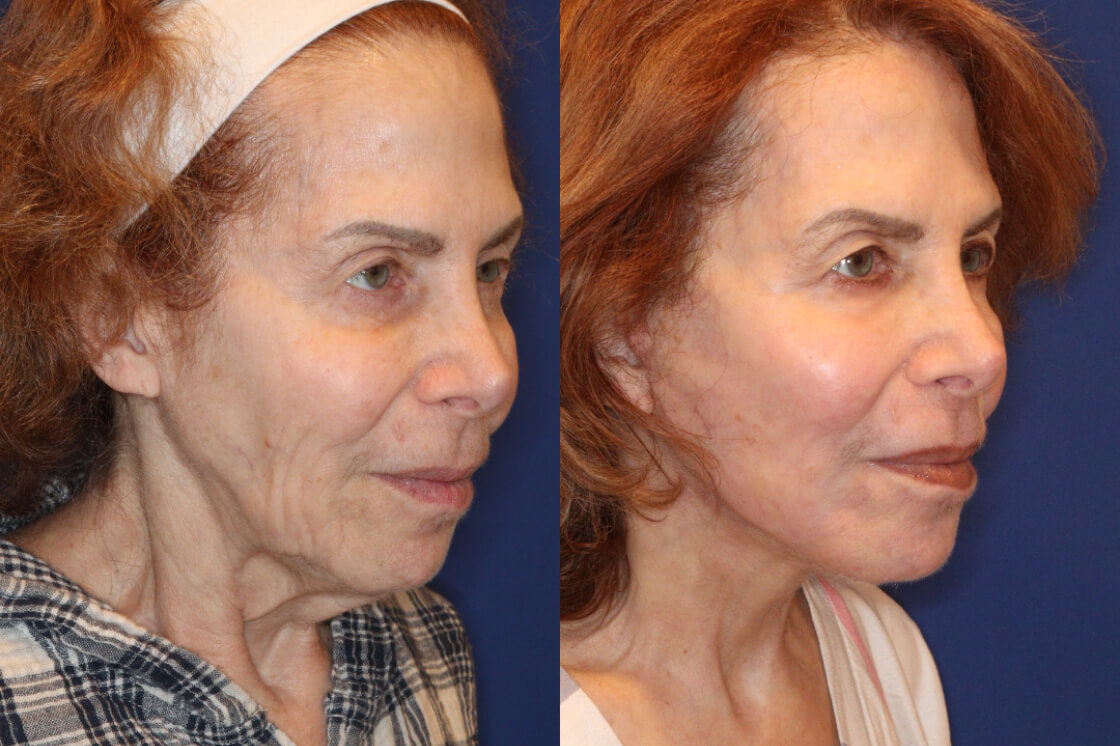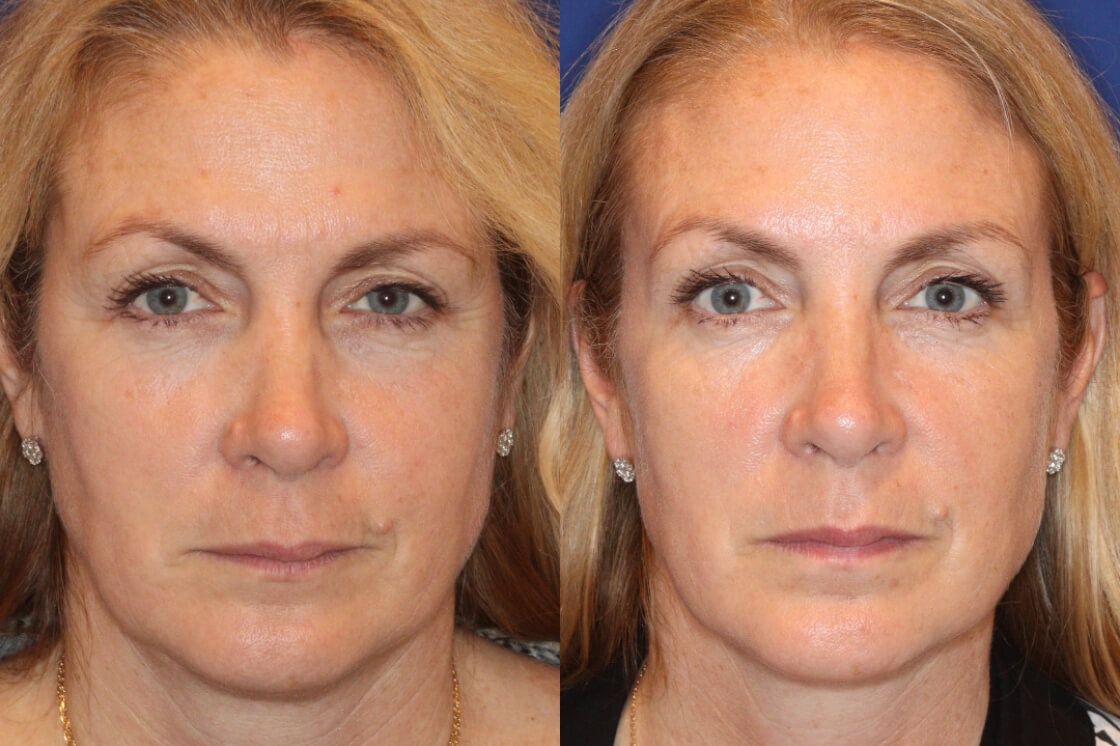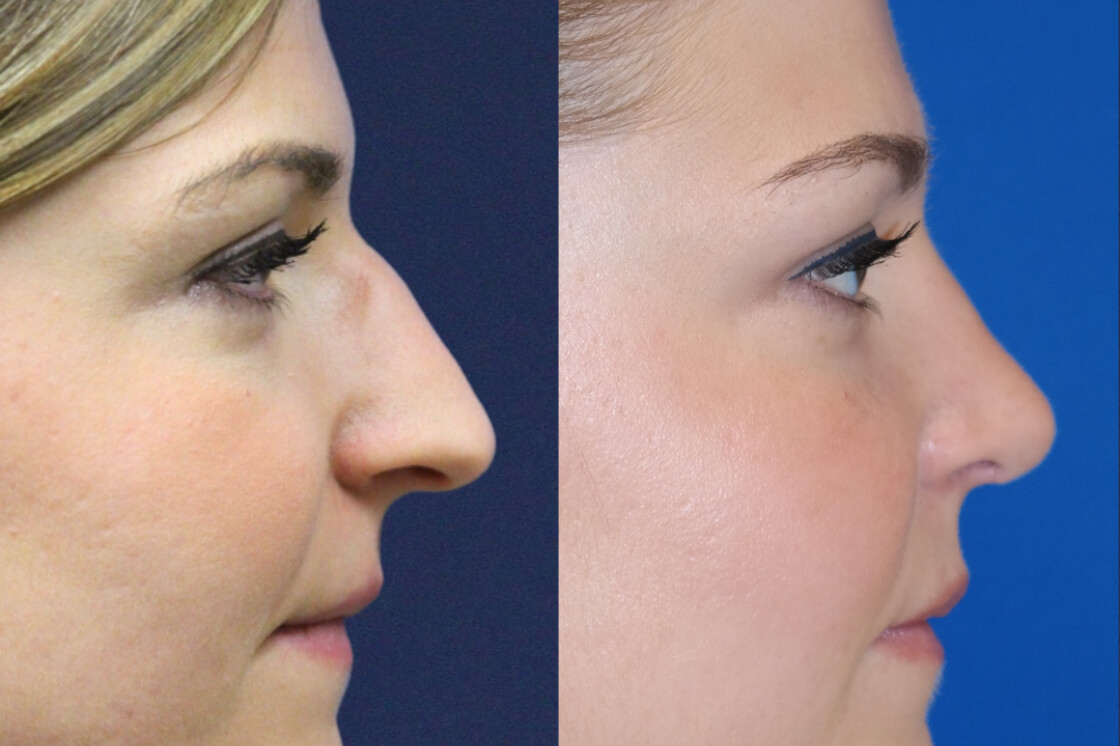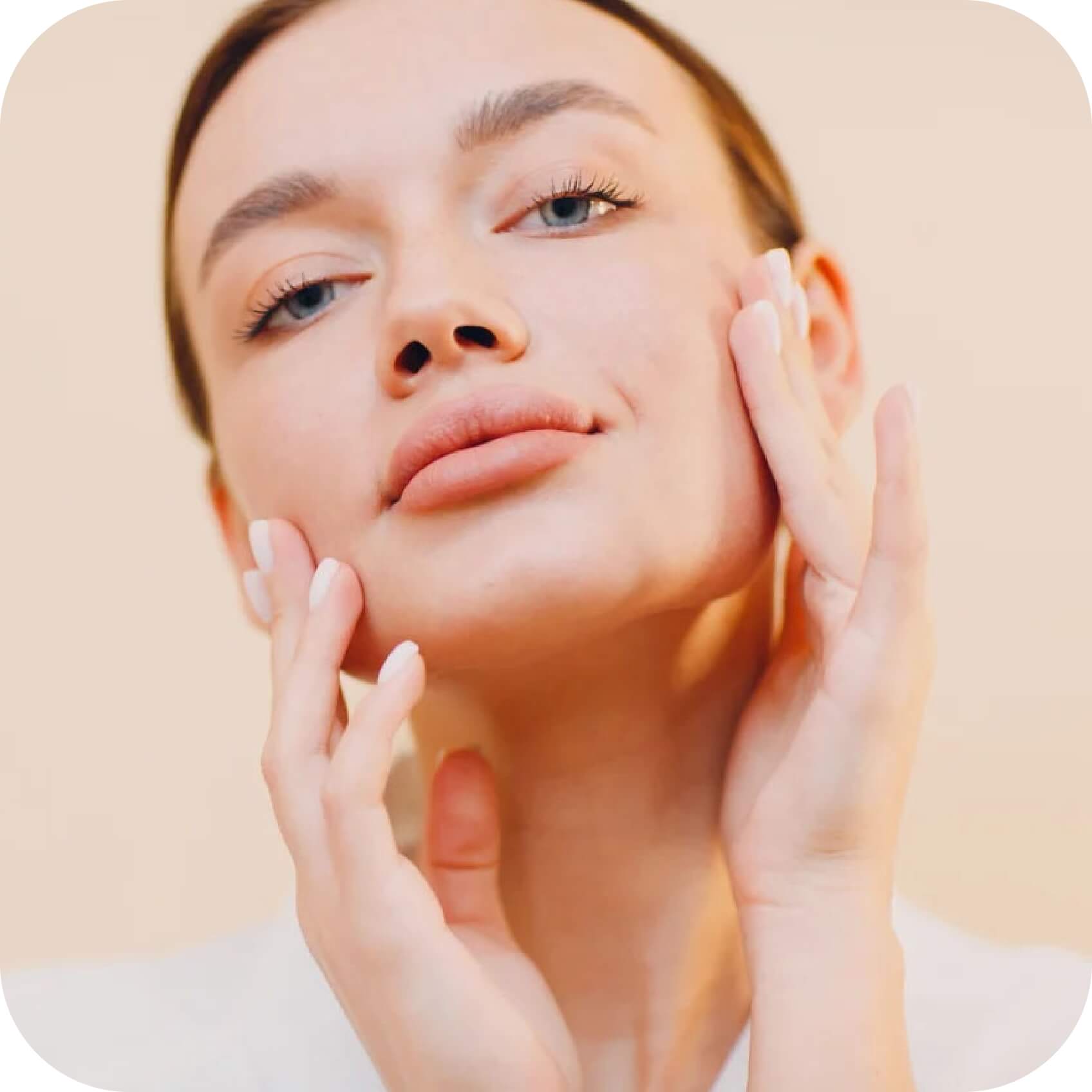Did you know that the thinnest skin on our bodies is around the eyes?
With every blink, the elastic fibers in the skin around the eye are stretched and depleted. In our youth, the skin of our eyelids maintain their elasticity for a smoother and softer appearance. But as we age, the skin around the eyes and the underlying tissues that support it begins to loosen. As a result, the eyes often show the first signs of aging.
How can I correct aging eyes?
Each individual ages differently and has varying aesthetic goals. Some of our patients notice fine lines or tired eyes in their 20’s and are able to keep such signs of aging at bay with non-surgical options. Others wait to reverse signs of aging with a blepharoplasty.
What is a blepharoplasty?
Blepharoplasty or eyelid surgery, is a popular and relatively quick procedure that can produce dramatic, rejuvenating results. Depending on the patient’s skin laxity and desired results, both upper and lower eyelids can be addressed by removing skin and redistributing fat.
Dr. Jennifer Levine was recently quoted in Newbeauty’s “The Ultimate Guide to Cosmetic Enhancement” as an expert in blepharoplasty.
True to her Believable Beauty™ philosophy, Dr. Levine’s goal is to rejuvenate your appearance and emphasize your natural beauty rather than completely alter your look.
Common Reasons for Lower Eyelid Blepharoplasty
Nothing ages the face more than baggy skin under the eyes. Lower eyelid surgery corrects this and creates a more youthful appearance by surgically removing or repositioning excess skin and fat around the eyes.
Common Reasons for Upper Eyelid Blepharoplasty
Upper eyelids do also suffer from saggy skin. In extreme cases, this excess skin can hang over the eye and disrupt one’s vision. There are also people that suffer from protruding or hooded upper eyelids, that lack the “double fold” that gives eyes a brighter and more awakened appearance.
The most problematic upper eyelid affliction is ptosis, or a drooping or falling upper eyelid. Ptosis refers to the dysfunction of the muscles and nerves that raise the eyelids. It can affect one eye or both eyes but is more common among elderly people as the levator muscles, responsible for lifting the upper eyelids, deteriorate.
How is a Blepharoplasty Performed?
To determine the best treatment plan for each individual patient, an in-person or video consultation is scheduled by calling our front desk at 646.362.5245.
While we always recommend an in-person consultation, we work to accommodate our growing number of out-of-town patients.
During the consultation, Dr. Levine examines the patient’s facial anatomy, takes photos with our 3D Vectra H1 imaging system and assesses the condition of your skin. We also collect your medical history and other relevant information.
Dr. Levine then creates a personalized treatment plan for you, which may include either or both, surgical and non-surgical procedures.
If a blepharoplasty is part of your treatment plan, you can have it performed in the comfort of our office under local anesthesia. This helps create the best experience for the patient, including improved comfort, faster recovery and reduced cost over in-hospital procedures.
Why do patients choose Dr. Levine?
Dr. Levine is one of only a few surgeons who are double-board certified by the American Board of Facial Plastic and Reconstructive Surgery, and the American Board of Otolaryngology – head and neck surgery – giving her a unique knowledge of the face and its underlying structures. She is well-known for delivering results that look natural and require minimum downtime for recovery.
If you want to rejuvenate the appearance of your eyes, schedule a consultation today by calling 646.362.5245.
